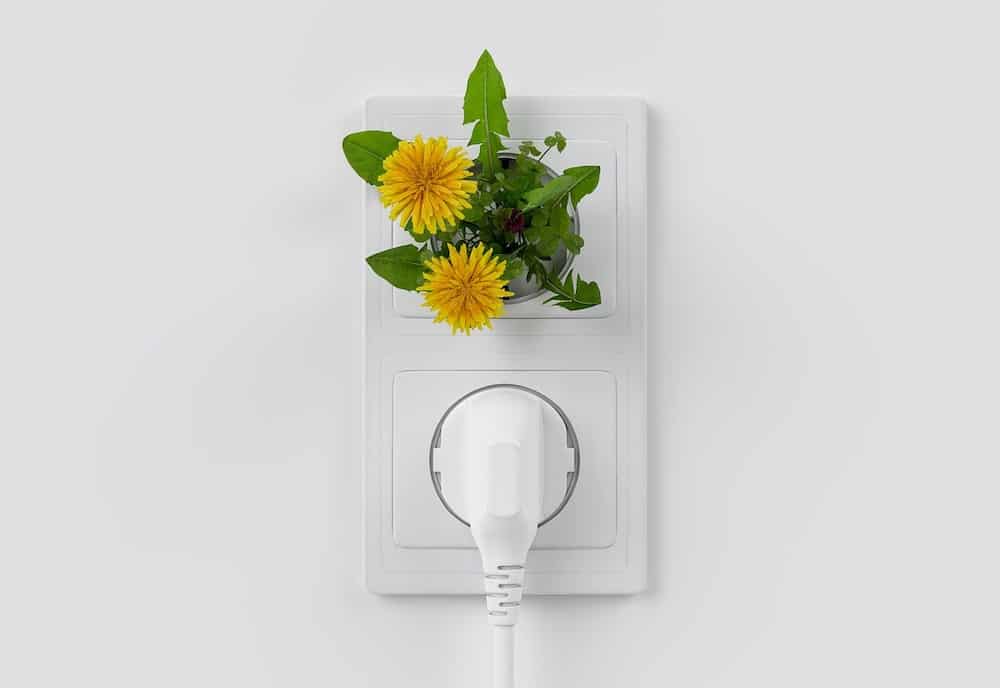
[Image above] Credit: Pixabay
Happy New Year, everyone!
As we cautiously creep into the year that may mark the end of COVID-19’s acute stage, I’ve noticed that some of my friends are making slightly different types of resolutions for 2022. Instead of aiming to establish new routines, they are aiming to retain positive habits that grew from life reevaluations during the pandemic.
While trying something completely new can be beneficial, continuing or expanding a project that is already yielding good results is sometimes more effective. And that is the approach the U.S. Department of Energy is taking as we head into the new year.
DOE plays an instrumental role in the move toward clean and renewable energy technologies. In the past decade, two initiatives have specifically focused on supporting expansion of such technologies—the SunShot and Energy Earthshots initiatives. DOE plans to expand the initiatives this year, so today we’ll look at what the initiatives have accomplished to date and what’s planned for them in 2022.
SunShot prepares for its second decade
The DOE under the Obama administration launched the SunShot Initiative in February 2011. Inspired by President Kennedy’s 1962 “moon shot” speech that kickstarted the U.S. lunar program, the SunShot Initiative aimed to reduce total costs of solar energy by 75% by the end of the decade, thus making it cost competitive at large scale with other forms of energy without subsidies.
During the next 10 years, DOE released several reports tracking progress of the initiative, including
- 2012: SunShot Vision Study, focusing on photovoltaics and concentrating solar power.
- 2016: On the Path to SunShot, a series of eight reports examining lessons learned during SunShot’s first five years.
In September 2017, DOE announced that the SunShot Initiative successfully met the utility-scale solar cost target of $0.06 per kilowatt hour three years earlier than expected.
DOE is now working toward SunShot 2030 goals. Based on these goals, 2022 is when the federal investment tax credit for renewable electricity production is phased down (40%) for wind facilities and expires for all renewable energy technologies commencing construction after Dec. 31, 2021.
As the SunShot 2030 plan explains, “anticipated tax credit expirations have historically led to acceleration of project development.” However, the tax credit could potentially be extended through December 2026 if the Build Back Better Act is passed.

Energy Earthshots initiative looks to expand in 2022
The Energy Earthshots initiative is a new initiative that launched in 2021 under the direction of the Biden administration. This initiative is designed to advance a variety of energy technologies by driving integrated program development across DOE’s science and applied energy offices and ARPA-E.
Since summer 2021, DOE has announced three Energy Earthshots:
- Hydrogen Shot—Announced on June 7, 2021, Hydrogen Shot seeks to reduce the cost of clean hydrogen by 80% to $1 per one kilogram in one decade (“1 1 1”). The first Hydrogen Shot Summit took place Aug. 31–Sept. 1, 2021.
- Long Duration Storage Shot—Announced on July 14, 2021, the Long Duration Storage Shot establishes a target to reduce the cost of grid-scale energy storage by 90% for systems that deliver 10+ hours of duration within the decade. The first Long Duration Storage Shot Summit took place on Sept. 23, 2021.
- Carbon Negative Shot—Announced on Nov. 5, 2021, the Carbon Negative Shot is an all-hands-on-deck call for innovation in technologies and approaches that will remove carbon dioxide from the atmosphere and durably store it at meaningful scales for less than $100/net metric ton of CO2-equivalent.
DOE expects to announce a total of six to eight Energy Earthshots by the end of 2022.
In December 2021, DOE officials elaborated on the Energy Earthshots initiative at a meeting of its Basic Energy Sciences Advisory Committee. An FYI article summarizing the meeting provides a few statistics concerning funding for each Earthshot area.
- DOE is currently spending nearly $300 million per year on hydrogen R&D. The Infrastructure Investment and Jobs Act will provide $9.5 billion over several years to advance clean hydrogen production.
- The infrastructure act provides $505 million for energy storage demonstration projects, as well as more than $6 billion for activities related to battery material processing, manufacturing, and recycling.
- DOE is currently spending about $100 million per year across all offices on carbon dioxide removal R&D. The infrastructure act will provide $3.5 billion over several years to establish regional direct air capture “hubs” as well as $115 million in prizes for direct air capture technology.
In addition, DOE recently announced it had established a new office to help advance research in these areas. The Office of Clean Energy Demonstrations, which is receiving its initial funding through the infrastructure act, will support clean energy technology demonstration projects in areas including clean hydrogen, carbon capture, grid-scale energy storage, small modular reactors, and more.
A request for information is open until Jan. 24, 2022, to collect information on deployment-ready carbon reduction and removal technologies. You can provide your input on these technologies at this link.
